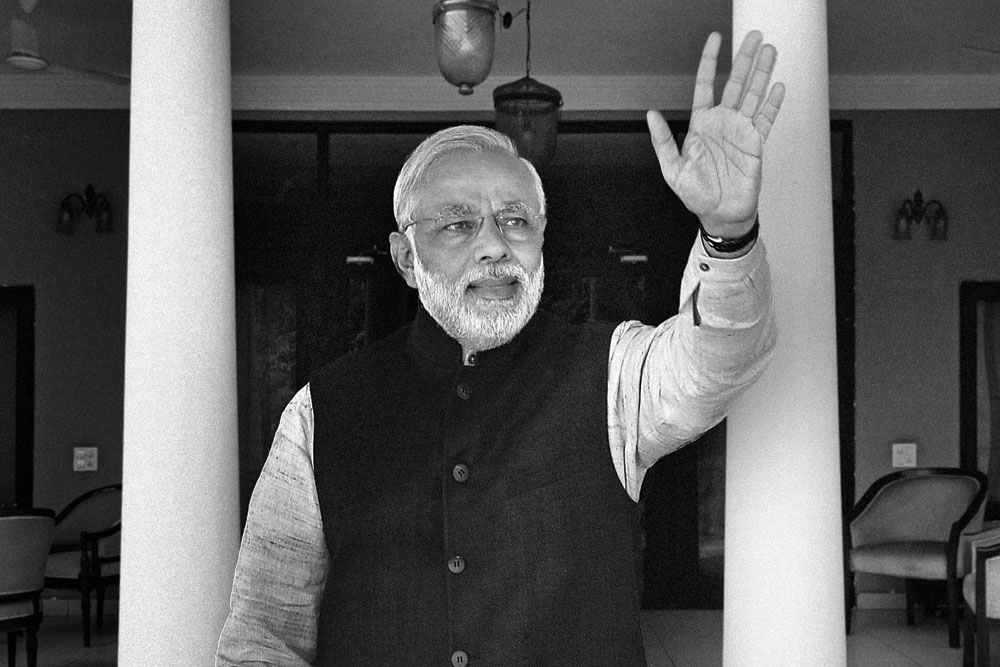New Delhi– Prime Minister Narendra Modi has embarked on a crucial multi-nation tour across Asia, beginning with Japan and later China, in a bid to strengthen India’s diplomatic and economic standing. The tour comes at a sensitive moment as India grapples with punitive U.S. tariffs and looks to forge deeper partnerships in the region.
This tour is being closely watched globally, as it could redefine India’s role in Asia at a time of heightened trade tensions and shifting power balances.
A Tour with Strategic Depth
According to officials, PM Modi’s itinerary will include:
-
The 15th India-Japan Annual Summit in Tokyo with Prime Minister Shigeru Ishiba.
-
A visit to China’s Tianjin for the Shanghai Cooperation Organisation (SCO) Summit.
-
Bilateral discussions with Russia’s President Vladimir Putin on the sidelines of the SCO.
This marks Modi’s first standalone visit to Japan in nearly seven years and his first visit to China since 2018, reflecting renewed focus on India’s immediate neighborhood and extended Asian partners.
The U.S. Tariff Shock
The backdrop of this tour is the fresh round of U.S. tariffs of up to 50% on Indian exports, imposed by President Donald Trump. The tariffs primarily target India’s:
-
Petroleum imports from Russia
-
Agricultural sector
-
Textile and manufacturing exports
The move has rattled Indian markets, pushing the stock benchmarks lower and raising fears of long-term damage to bilateral trade with the U.S.
By engaging with Asian economies, Modi aims to offset the fallout and diversify India’s trade and investment base.
Strengthening Ties with Japan
The India-Japan summit in Tokyo will focus on:
-
Trade & Investment: Boosting Japanese FDI in India, especially in electric vehicles and semiconductors.
-
Defense & Security: Enhancing maritime cooperation in the Indo-Pacific under the Quad grouping.
-
Bullet Train Project: Signing an agreement on Japanese E-10 coaches for India’s Mumbai–Ahmedabad high-speed rail by 2030.
-
Business Leaders’ Forum: PM Modi will meet top industry representatives from both nations to promote industrial partnerships.
Japan, Asia’s second-largest economy, is seen as a trusted partner in India’s growth story.
The SCO Summit in China
From Japan, PM Modi will travel to Tianjin, China, for the Shanghai Cooperation Organisation (SCO) Summit. This will be his first visit to China in more than seven years and comes amid strained Sino-Indian ties.
At the SCO, Modi is expected to:
-
Push for regional stability in Afghanistan and Central Asia.
-
Advocate for counter-terrorism measures.
-
Balance India’s relations with China while reaffirming ties with Russia.
China’s role as India’s largest trading partner, despite border tensions, makes this leg of the tour both challenging and crucial.
Why This Tour Matters
-
Diversifying Partnerships: Reducing over-reliance on the U.S. by deepening ties with Japan, China, and Russia.
-
Energy Security: Safeguarding imports from Russia despite American sanctions.
-
Indo-Pacific Strategy: Reinforcing India’s leadership role within the Quad alongside Japan, U.S., and Australia.
-
Global Positioning: Showing that India remains a strong and independent player in world affairs.
Expert Views
Foreign policy analysts say Modi’s Asian tour is more than diplomacy—it’s about sending a strategic signal. While the U.S. tariffs have strained ties, India is using this moment to showcase its multi-alignment policy: engaging with the West, but also strengthening its Asian partnerships.
As one expert put it, “India is walking a fine line—balancing between Washington, Tokyo, Moscow, and Beijing. This tour reflects India’s pursuit of a truly independent foreign policy.”
Looking Ahead
With high-profile meetings, defense collaborations, and economic deals on the agenda, PM Modi’s Asia tour could emerge as a turning point. It aims to secure India’s interests, create new growth opportunities, and assert India’s role as a stabilizing power in Asia amid global uncertainty.
As Modi engages Tokyo, Tianjin, and beyond, the world will be watching how India redefines its alliances and navigates the challenges of tariffs, geopolitics, and security in the region.
